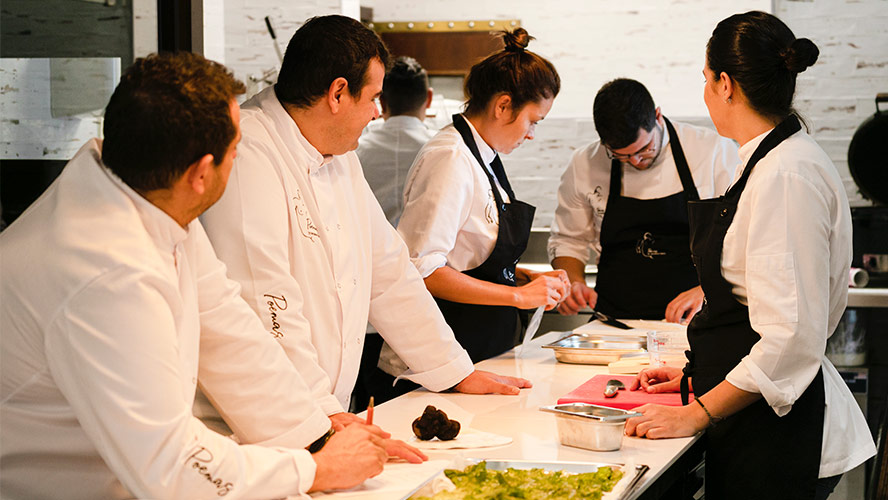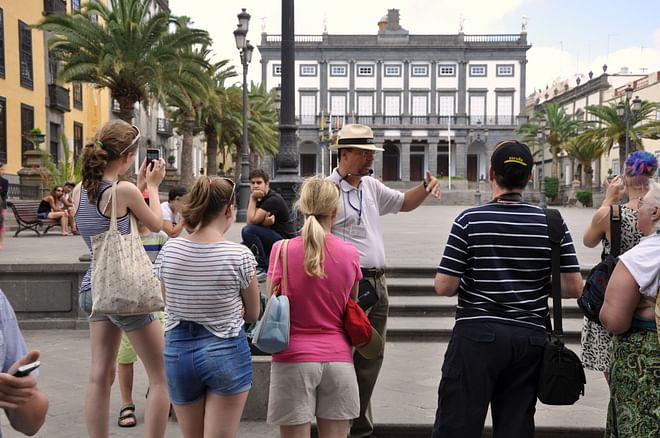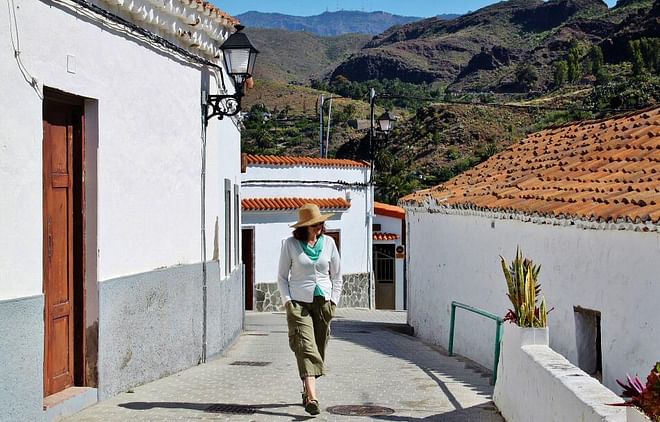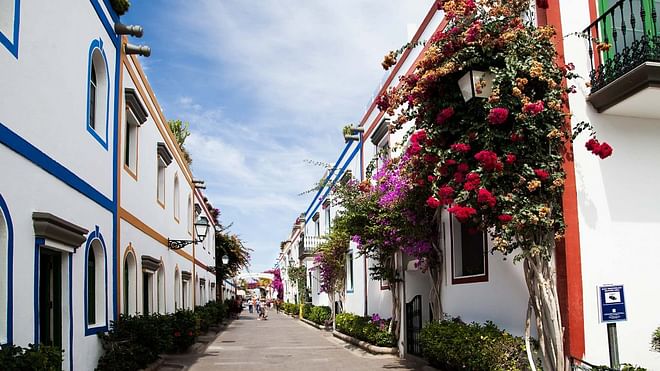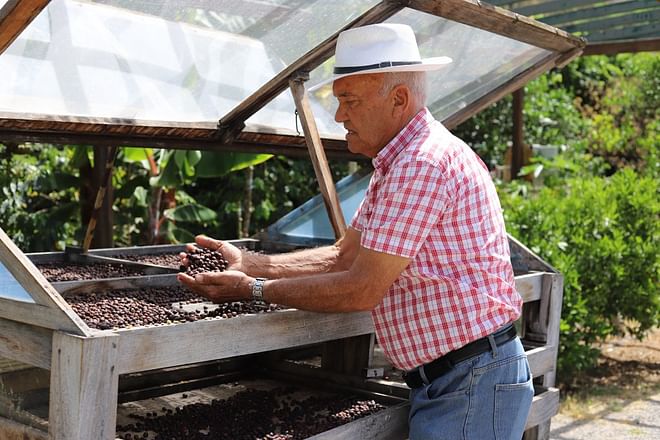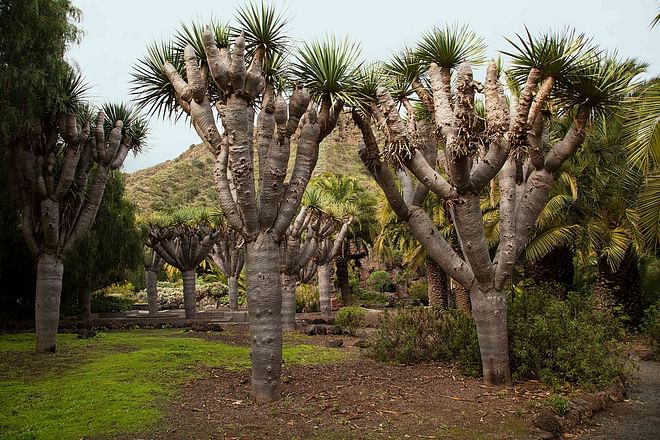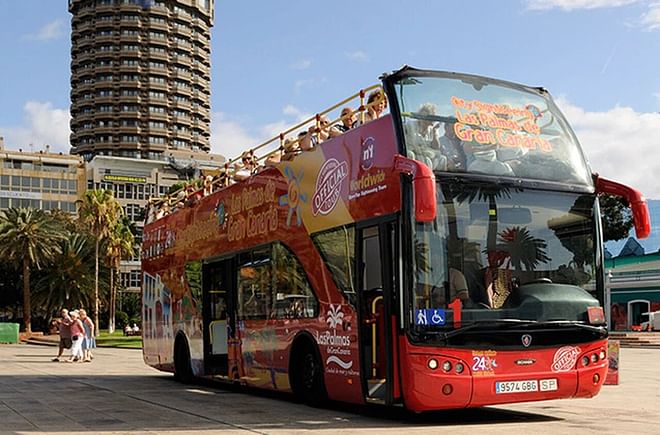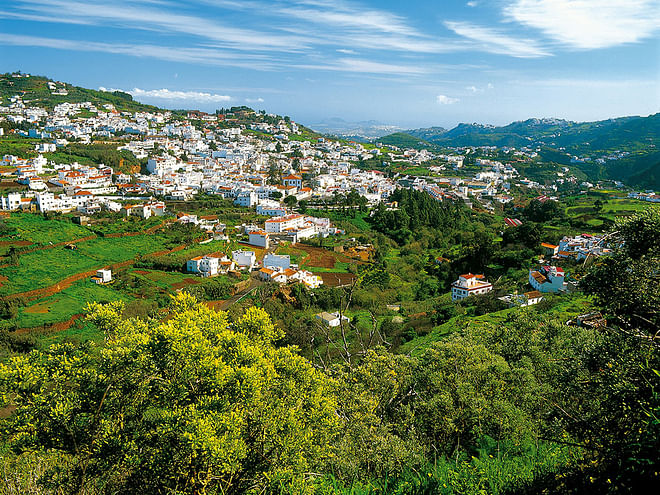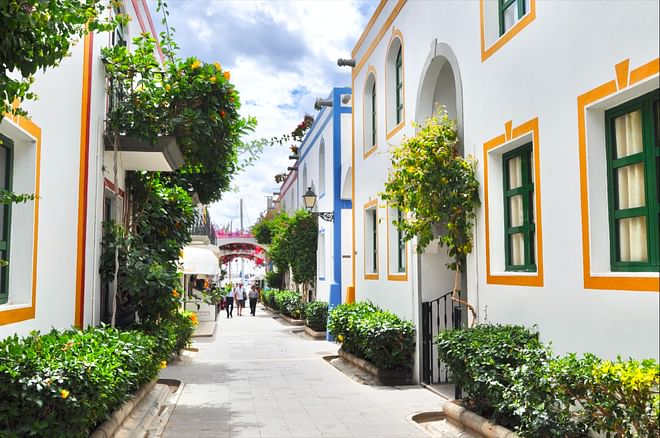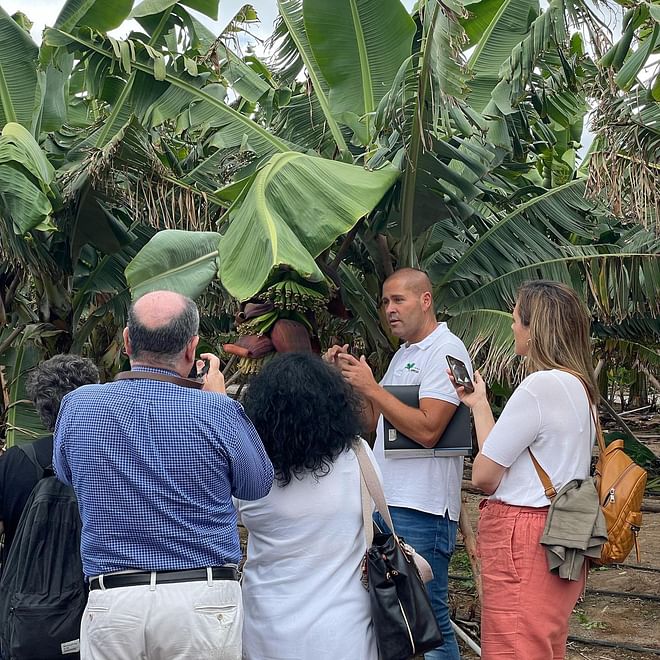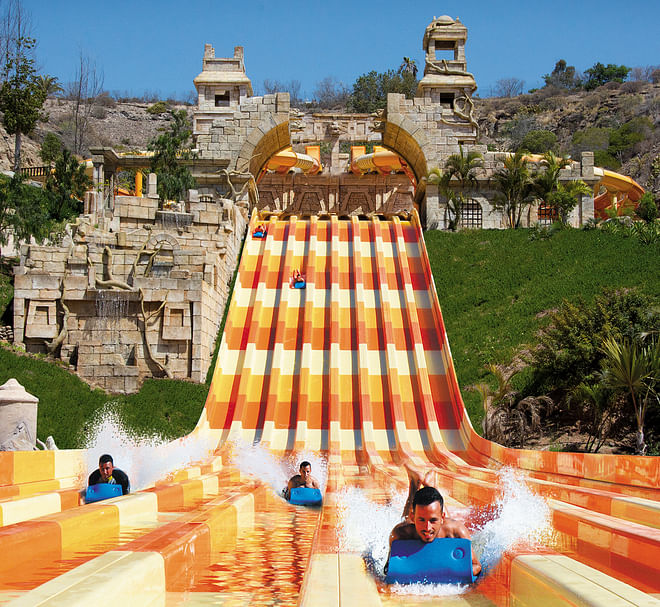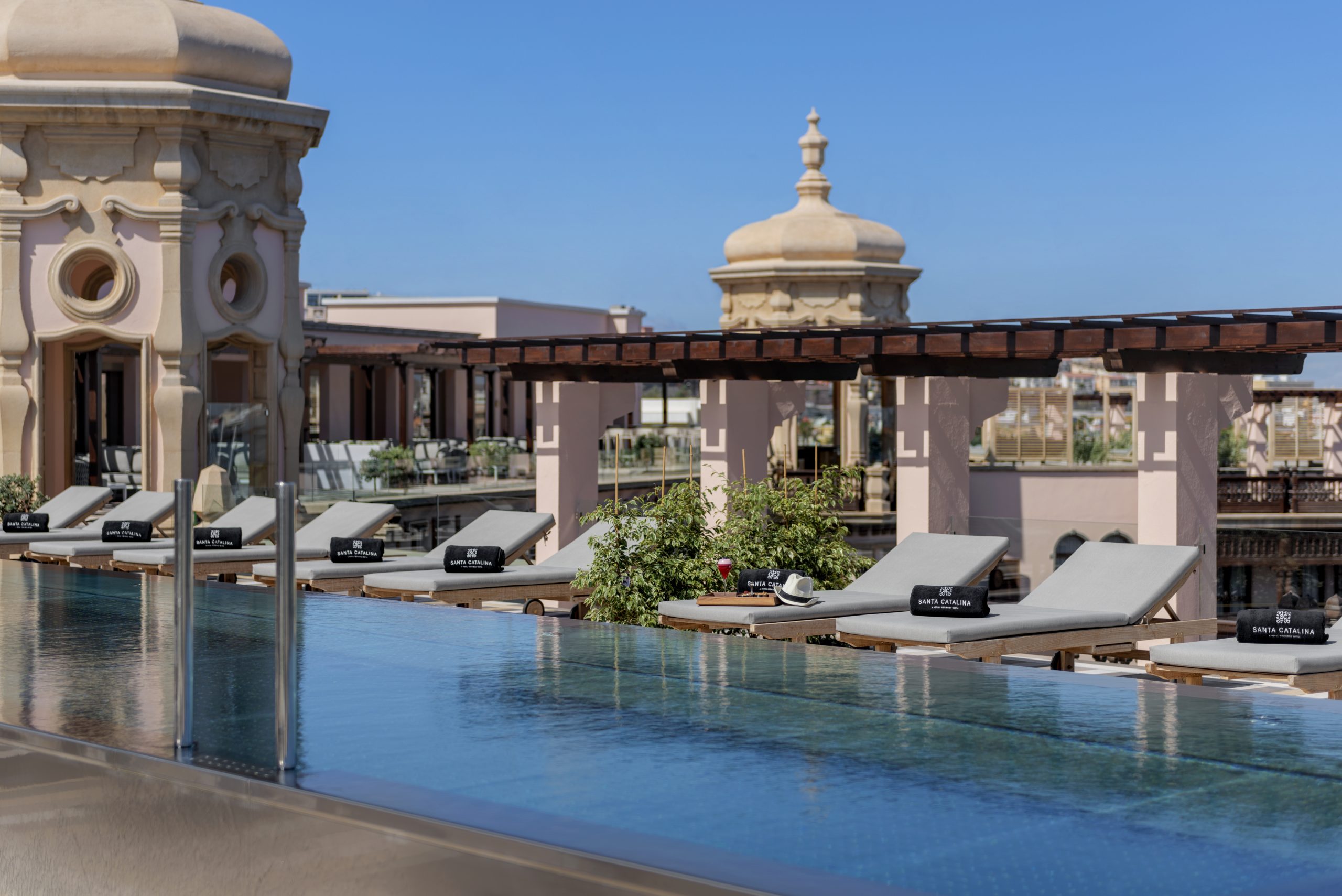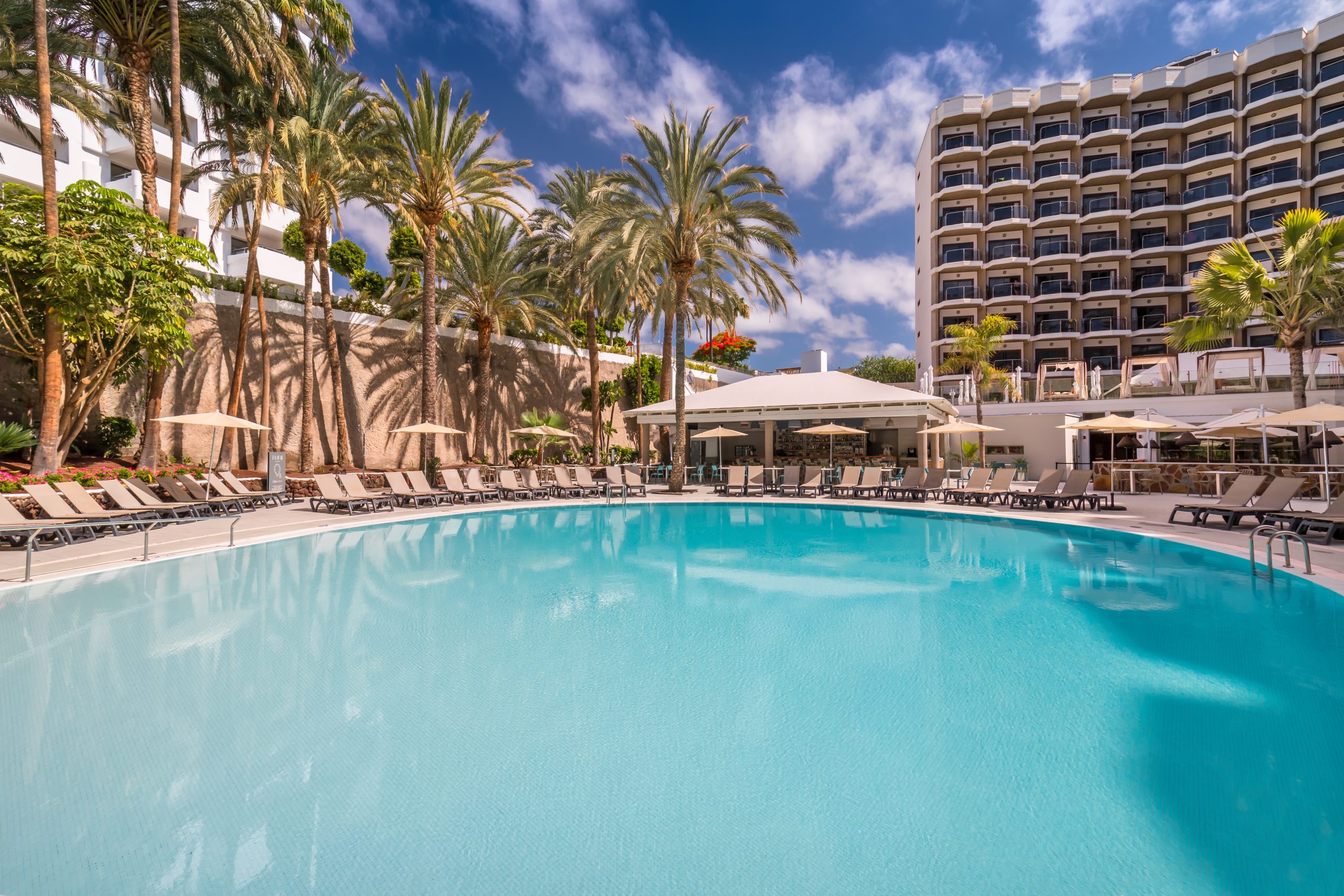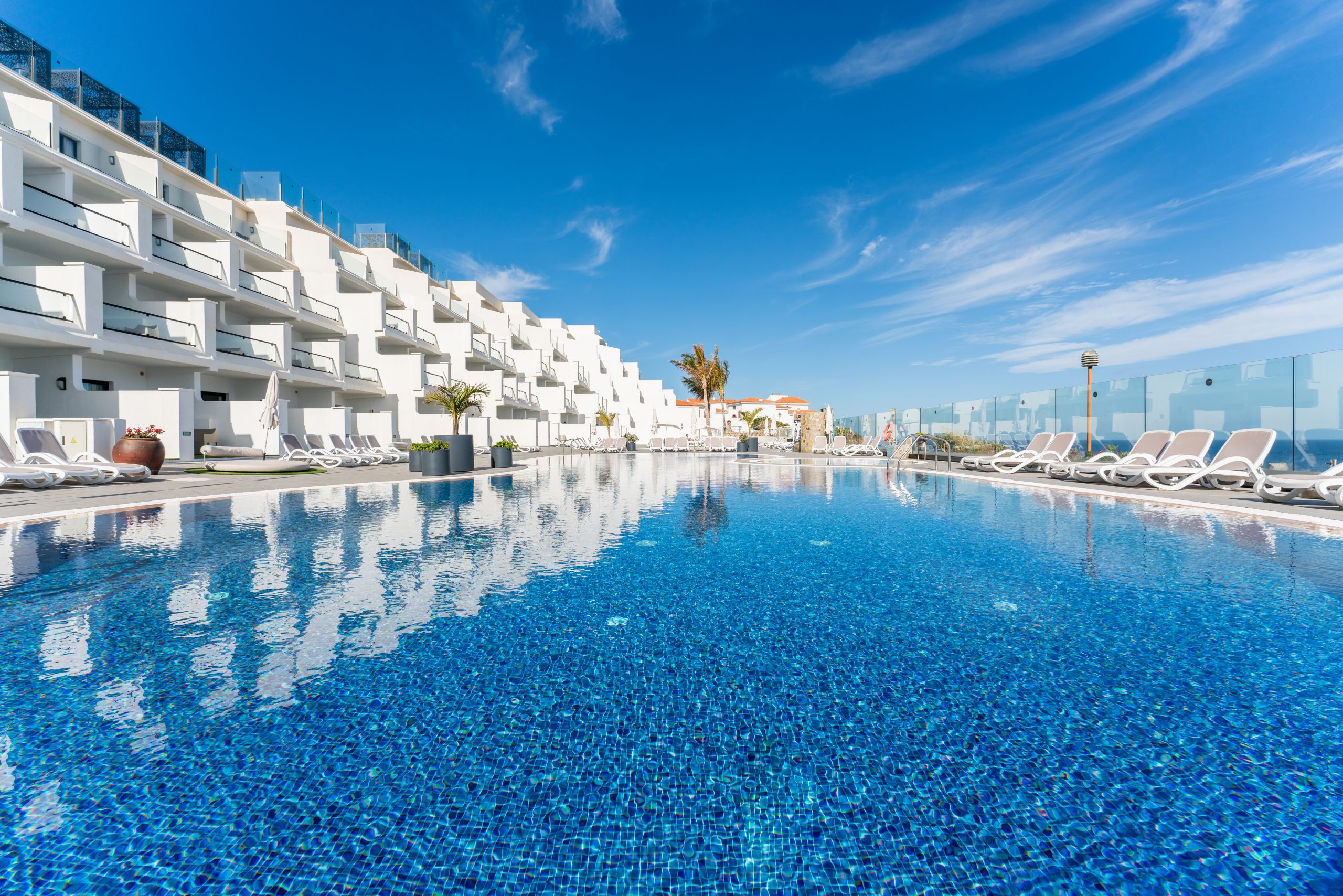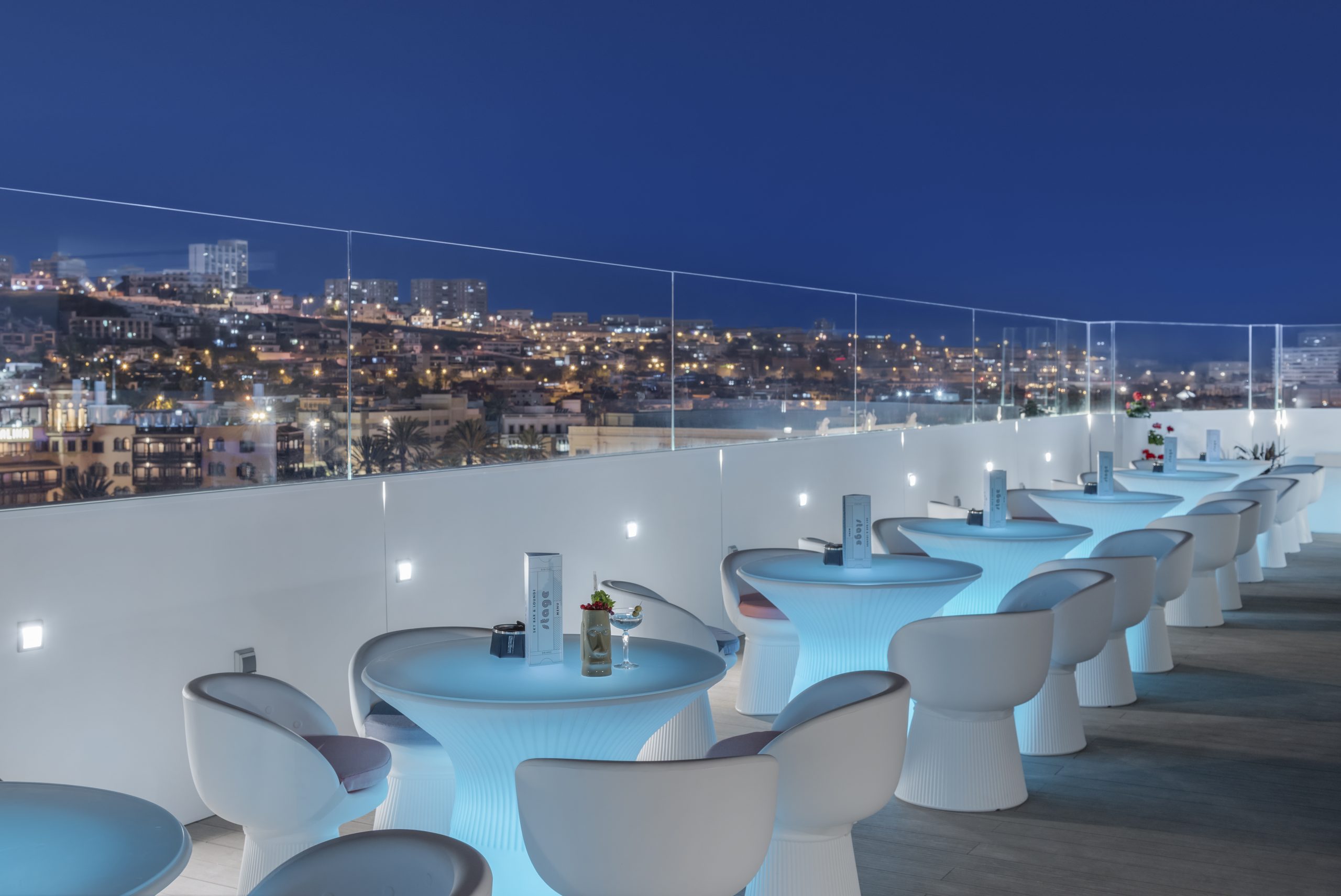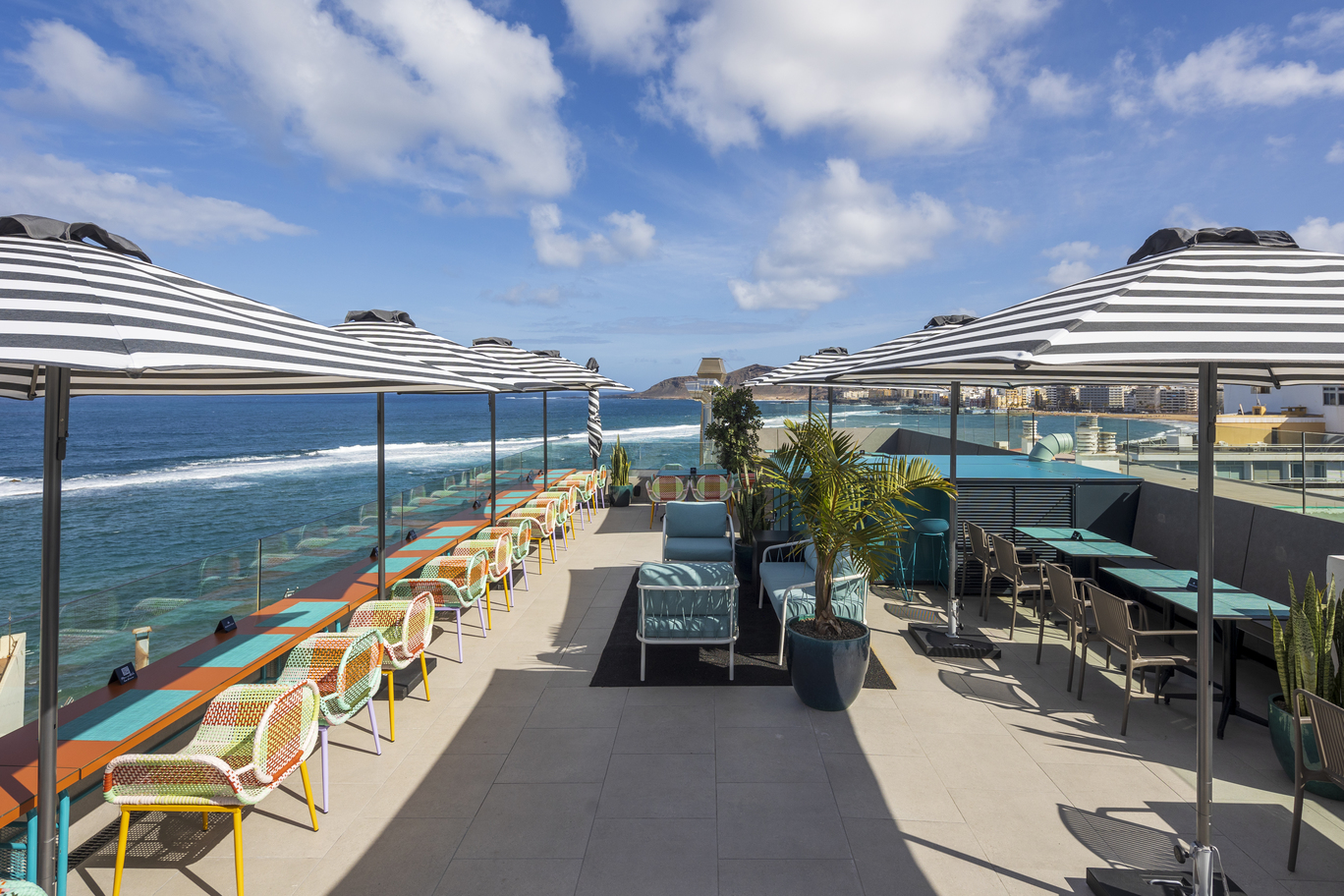Processions in the Canary Islands are joyous and vibrant explosions of colour. People hit the streets, decked out in gorgeous traditional costumes, looking for nothing short of a good time. Women wear long skirts with petticoats, aprons, shirts, waistcoats and shawls. Men wear trousers with leggings, a sash, a shirt and a hat. The combinations of garments vary from island to island and from municipality to municipality but they are all traditionally embroidered by hand and handed down from generation to generation. These trajes de mago are an ode to the traditional clothing Canarian peasants used to wear.
The top traditional celebrations and processions of Gran Canaria
The top processions take place during the summer months so don’t be surprised to see the streets cut off and flooded with people. Pilgrims form processions with decorated wagons, accompanied by cows, goats, oxen and even music bands. From the top of the carts, they hand out traditional food, such as maize meal cakes, papas arrugadas (‘wrinkled potatoes’) and chorizo sandwiches to the crowd. They also hand out wine so if you happen to know someone in the carts, you might even get a glass – because a procession without local wine wouldn’t be a procession at all!
The festivities usually start around midday and last late into the night. The pilgrims gather in the village square, in front of the church with the rest of the locals for the open-air party with live music. Food and drink don’t stop flowing while people dance to their heart’s content.
Canary Island Day celebrations
Canary Island Day is on 30 May and multiple festivities are held in the Canary Islands in celebration of this important regional holiday. The streets are adorned with Canary Island flags and colourful streamers to create a vibrant festive feel. Nonetheless, the most popular processions take place between June and September. There is a festivity almost every weekend during this period. Read on to discover our selection of the top popular festivities of Gran Canaria.
Traída del gofio y agua (Agüimes)
Traída del gofio y agua (‘the carrying of cereal meal and water’) is a curious festivity that takes place on the last Saturday of September in the town of Agüimes. This tradition re-enacts the post-war custom whereby the town inhabitants would walk to the outskirts of town to toast and grind millet. Once they had obtained the toasted meal, they would walk up the hill to the village with their bags and collect water from the springs. Nowadays, the inhabitants take the same path but accompanied by a music band as they make their way to Plaza Nuestra Señora del Rosario. Once they reach the village, they are welcomed by hundreds of people throwing buckets of water over them from the rooftops and balconies, ensuring everyone ends up covered in a sticky mixture of flour and water. The festivities continue with a great open-air party in the city square.
The procession of San Roque (Firgas)
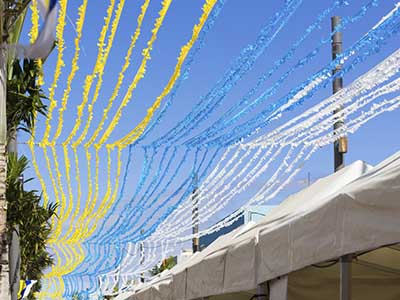
August is a month of celebrations in Firgas. Ever since the inhabitants asked for the protection of San Roque (Saint Roch) against the plague, he is commemorated and venerated as the patron saint of the municipality. One of the most interesting traditions is the Traída del Palo (‘the carrying of the post’) whereby the neighbours carry a wood post through the streets to the Plaza de San Roque. Once they reach the square, they place a flag at one end of the pole and raise the post. Then, people – usually the local daredevils – try to climb up the post to kiss the flag. On 15 August, pilgrims and carts take over the streets with offerings for their patron saint. At the stroke of midnight, fireworks are set off, announcing the start of the party.
The pine procession (Teror)
Legend has it that the Virgin Mary appeared high up in a pine tree. Only a handful of people were able to see her before the tree was knocked down during a storm. Years later, the Basilica de Nuestra Señora del Pino (Basilica of Our Lady of the Pine) was built on the exact sport where the apparition had taken place. Throughout September, the residents of the neighbouring municipalities hold a procession to bring offerings to the Virgin Mary. The square is filled with pilgrims, vibrant colours, tasty foods, twirling skirts and folkloric groups from across the islands. People dance non-stop at one of the most popular celebrations on the island.
The procession of Santa Brígida
This is the central and oldest festivity of the municipality. It takes place the first weekend of August and all the town neighbourhoods make fruit and vegetable offerings to the Virgin. The streets are decorated and the pilgrims dance and sing in a musical procession. The festivities kick off around 6 p.m. when the different groups parade through the streets to the church square. And as it should, they festivity wraps up with an epic, open-air party with live music, food and drinks.
Fiestas de la Rama (Agaete)
This popular celebration is also known as the Fiesta de Virgen de las Nieves (‘Our Lady of the Snows’) and takes place in the coastal village of Agaete in August. Legend has it that ancient Canarians carried branches from Mount Tirma to thrash the sea while they sang to the gods, praying for rain. Today, people still wave the branches in the air on the way to the beach where the branches are offered to the Virgen. Along the way, pilgrims dance with the branches to the beat of the music in a lively procession. The celebrations continue with a procession of the saint from her chapel to the parish church of Nuestra Señora de la Concepción where she remains for one week before being returned to her chapel.
























































